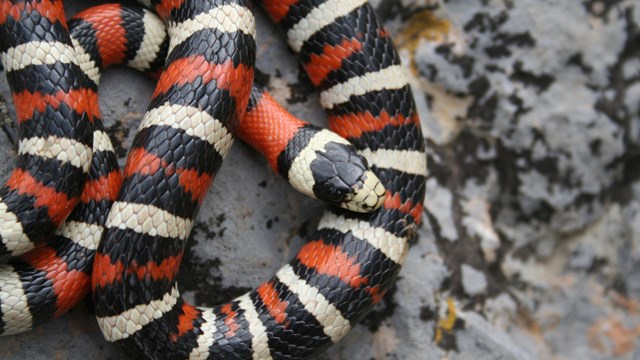
Animals
Great Basin is home to various animal throughout many different life zones. 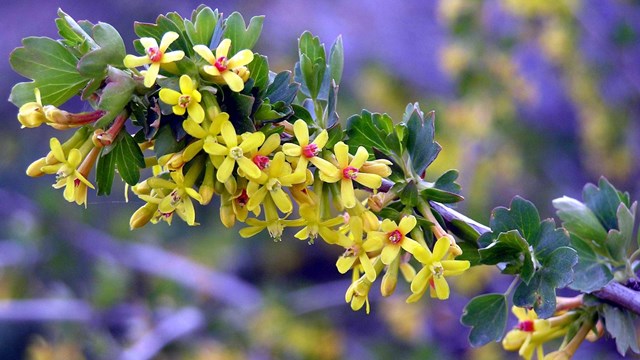
Plants
The flora of the Great Basin can be found throughout the park and the area around the park. 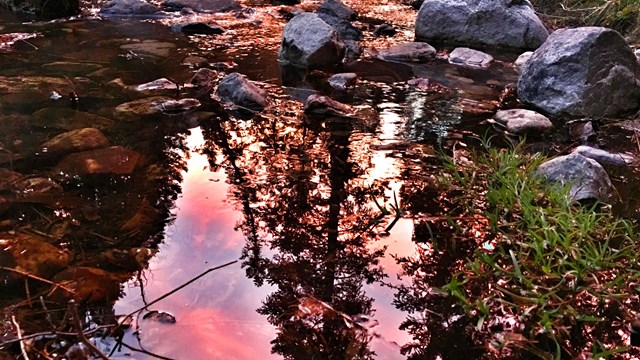
Environmental Factors
Great Basin National Park is subject to numerous environmental factors including fires, water quality concerns, and climate change. 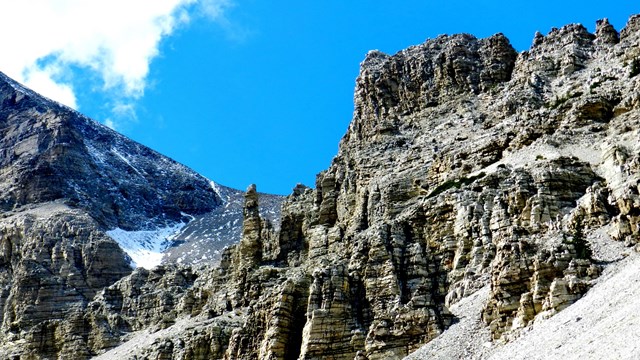
Natural Features & Ecosystems
As elevation increases, ecosystems change with different natural features too be seen. 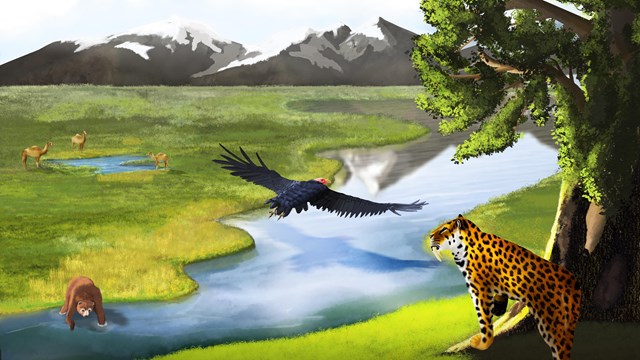
Paleontology
What lived when there were glaciers and the valley was filled with water? The Diverse Great BasinImagine a place where hot desert valleys meet mountain ranges with peaks soaring above 13,000 feet. Where prickly pear cactus, sagebrush, aspen, fragile alpine wildflowers and ancient bristlecone pines grow. Where mountains lions, Clark's nutcrackers, snakes, and jackrabbits roam. Such a place exists, not just in your imagination, but in living color in the Great Basin Region of the western United States. Great Basin National Park, and the larger region it represents, are diverse in both landforms and living things. Ranging in elevation from 5,000 - 13,000 feet, you will find deserts, playas, mountains, rock formations, fossils, springs, caves, creeks, and even a lone glacier. Because the Great Basin exhibits such drastic elevation changes from its valleys to its peaks, the region supports an impressive diversity of plant and animal species, from those adapted to the desert to those adapted to forest and alpine environments. In Great Basin National Park and the neighboring valleys alone, there are 11 species of conifer trees, 73 species of mammals, 18 species of reptiles, 238 species of birds, 8 species of fish, and over 800 species of plants. Great Basin National Park does not exist in a vacuum, however. Like all national parks, it faces environmental factors such as air quality threats, invasive species, and water issues, like nearby groundwater pumping. Quick LinksGreat Basin National Park BioBlitz The Midden |
Last updated: October 8, 2021
